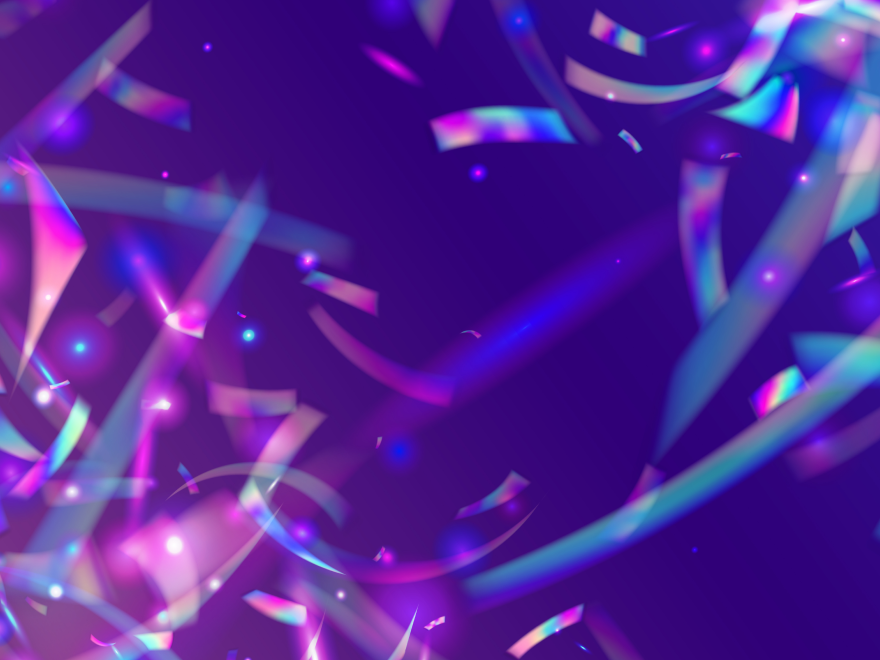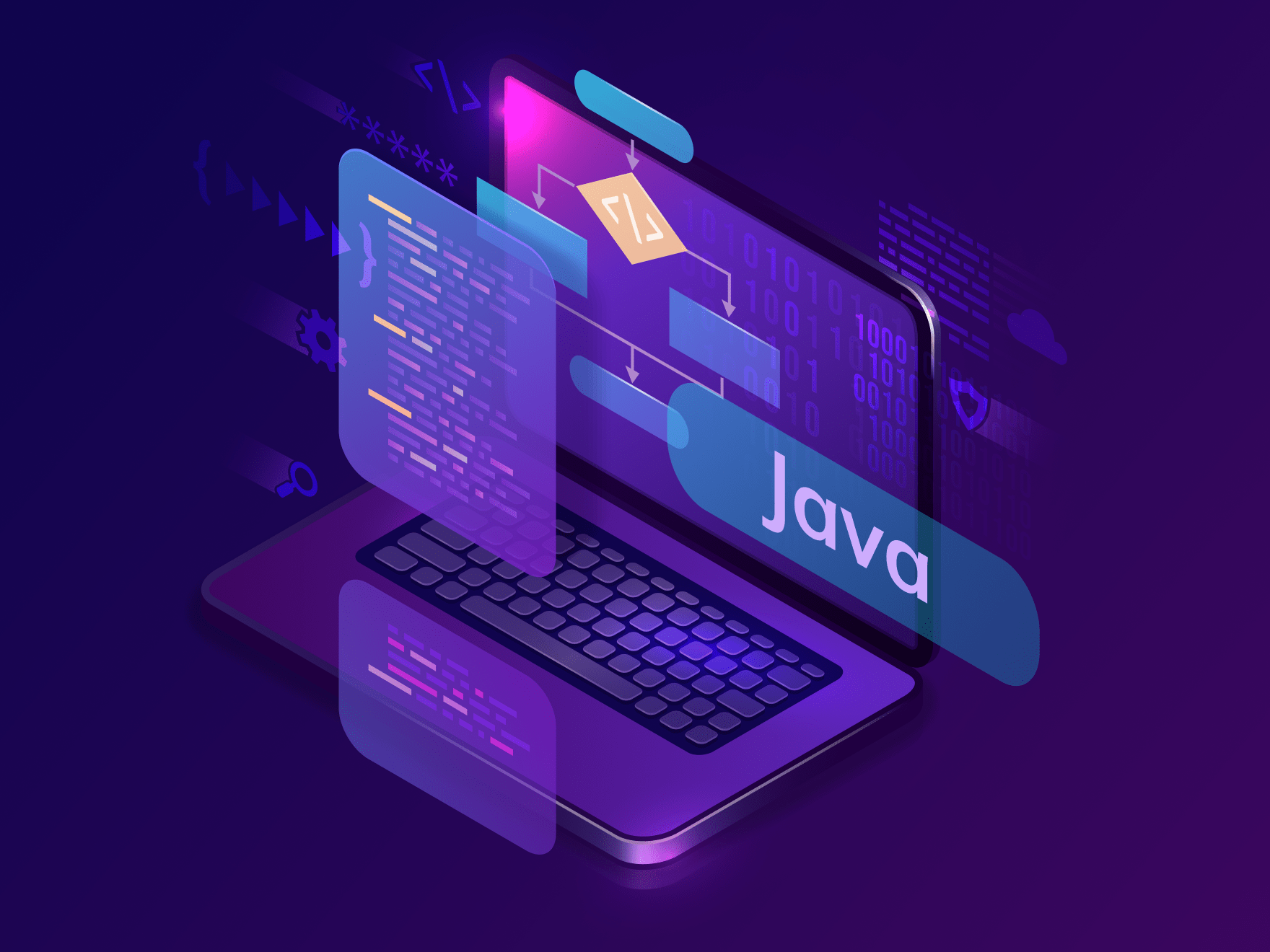If somebody asks you to name 5 technologies that you know, Java will probably be among them. And actually, if we take the Stack Overflow’s Developer survey conducted in 2019, more than 53% of developers named Java as their most loved language.
One of the grounds for such admiration is not surprising since Java itself is much more than just a technology. That’s an entire complex of tools which embraces nearly everything one needs for Java development. So it consists of the elements listed below:
1. Java Development Kit (JDK) – that’s the first thing a developer downloads to start any development on Java. JDK itself is a software package which comprises the compiler, documentation, utilities and Java Runtime Environment (JRE).
2. Java Runtime Environment – a software layer running on top of a computer’s operating system. It basically includes Java Virtual Machine (JVM) and the standard Java Class Library. JRE merges the code with the required libraries, then launches the JVM (a tool converting Java bytecode into machine code) for the execution of the code. Plus it ensures the dependencies to be available to the Java programs you develop.
3. Integrated Development Environment (IDE) – the app which allows its user to run, edit and compile the code. A number of IDEs have features like syntax highlighting and code completion, which eases the process of coding. If we take the top 3 IDEs which Java developers adore, they will be IntelliJ IDEA, Eclipse, and NetBeans.
Frankly speaking, Java is almost everywhere around. If your smartphone has the Android platform then its full of Java, as that’s the main technology used for Android development. Still not too convincing? Then here are some more examples: Big Data, web apps and state websites, scientific computing – all of them mostly have Java “inside”. And initially, mobile games also were written in Java (we’re talking about the period of the 2000s before the smartphones were invented).
As we are through with the introduction part, we shall continue with the gist of our “investigation”: the advantages and disadvantages of Java.












